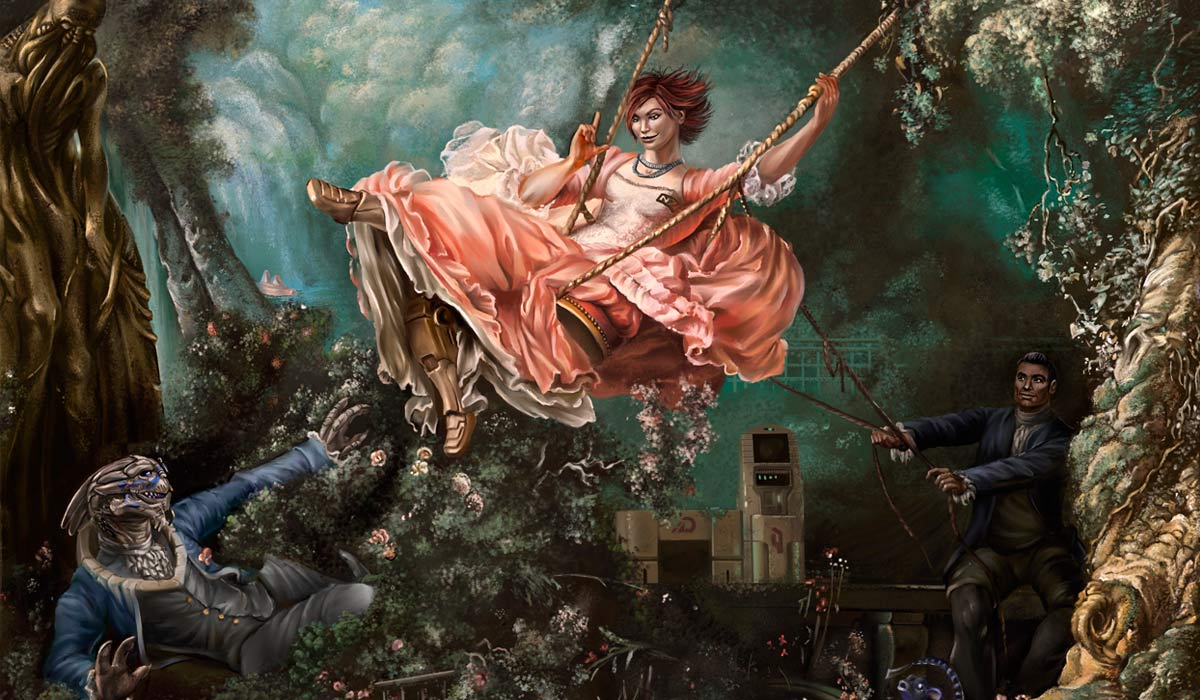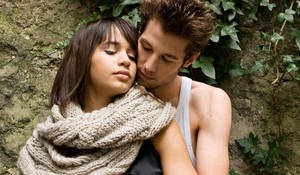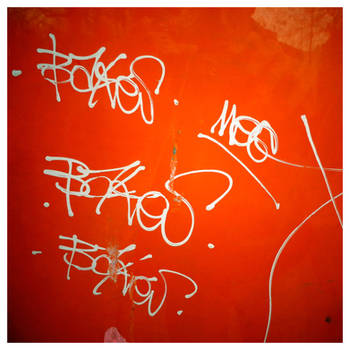
“The Swing” (a.k.a. “The Happy Accidents of the Swing”)
A painting by John-Honore Fragonard
Oh, what a tale a painting can tell. A lovely young lady, a child of finer society, enjoying the chaste thrill of a garden swing. Is that her father back in the shadows, providing each push for his sweet little girl? He must not see the daring young man hidden in the bushes just beneath the young woman – though she would seem to be making eye contact with the young man. Is he her lover? Her lover-to-be? So many questions. But one thing is certain. With each push of the swing her young suitor on the ground is afforded one more tantalizing glance up her briefly billowing skirts.
How did Fragonard’s most famous rococo era (circa 1767) painting come into being?
According to a contemporary memoir, the notorious French libertine Baron de St. Julien commissioned the work, depicting his mistress and himself as the naughty couple, with the instruction, “I should like you to paint Madame seated on a swing being pushed by a Bishop.” Gabriel Francois Doyen turned down the commission. Fragonard accepted – and created the painting that became the emblematic symbol of rococo art. (Fragonard fulfilled the commission except for declining to make the man pushing the swing be a bishop.)
From joie de vivre! to vive la Revolucian!
The rococo period that had defined 18th century France was about twenty years from coming to its end, it’s “frivolity” (the Enlightenment philosophers’ insult) to be consumed in the flames of the approaching (deadly serious) French Revolution.
Featured Gallery
Your Thoughts
- Hanging naughty portraits of their mistresses in their homes, in the guise of being fine art pieces, was popular in Europe with wealthy married men. Do you find this any better or worse than simply having formal nude paintings hidden away under lock and key?
- The Rococo Period in France, of which “The Swing” is emblematic, was followed by the exceedingly violent French Revolution. Do you think the excessive “frivolity” of the wealthy ruling class contributed to the anger expressed in the uprising in 1789?
- “The Swing” has been visually referenced in two recent animated Disney films, “Tangled” (2010) and “Frozen” (2013). Do you think these are heart-felt homages to Fragonard and his art, or just some Disney smart alecks hanging “naughty” art in their Disney home?



































